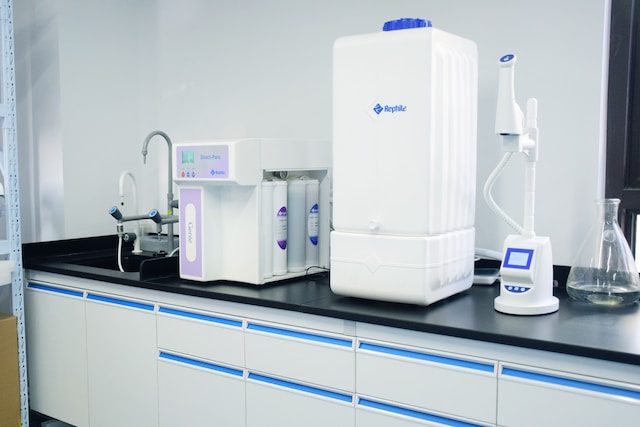The Uses and Benefits of Vitamin D Liquid Form
Vitamin D is an essential nutrient, but many people don’t get enough of it from the sun. Your serum 25(OH)D level should be 75 nmol/L or more to get enough. The Endocrine Society recommends vitamin D supplements to boost your levels and maintain optimal health. To maintain high levels, adults need 37.5 to 50 mcg (1,500-2,000 IU) of vitamin D daily. Children need as little as 25 mcg (1,000 IU) per day, while the United Kingdom government recommends ten mcg (400 IU) for citizens over four.
Deficiency of vitamin D is common in people with limited sun exposure.
Despite the widespread benefits of adequate sun exposure, a lack of vitamin D has been linked to various health conditions. For example, Stanford University School of Medicine researchers found that people with minimal sunlight exposure were twice as likely to develop vitamin D deficiency. The study included almost 6,000 people and found sunscreen had no significant effect on vitamin D levels in the blood. However, sunblock was not applied consistently or too little.
People living in the northern hemisphere are more prone to vitamin D deficiency than those near the equator. This is due in part to limited sun exposure. Another risk factor for deficiency is sunscreen, which reduces the UV rays on the skin and can increase the risk of skin cancer. However, there is no single cause of vitamin D deficiency, so treatment must be based on the underlying health problem.
It lowers the risk of cancer.
While no conclusive studies show that supplemental vitamin d liquid form lowers the risk of cancer, epidemiology studies have shown that taking high doses of vitamin D is protective. However, these studies have limited validity as they lack large-scale trials to prove that the supplement reduces cancer risk. In addition, these studies have limited sensitivity since many people’s blood levels are not consistent enough to identify the effect of vitamin D.
In a recent study, scientists found that vitamin D supplements reduced the risk of certain types of cancer. Although these results were insignificant, the supplements increased vitamin D blood levels of vitamin D. This, in turn, reduced the risk of invasive breast cancer. The study showed that vitamin D intake reduced the risk of invasive breast cancer by between 14% and 20%. Further, vitamin D was associated with a lower risk of developing breast cancer than vitamin A and C alone.
It is necessary to maintain serum 25(OH)D levels above 75 nmol/L
The 25(OH)D levels in men and women decreased over time. In 2008, the mean level in both men and women was 53 nmol/L and 45.7 nmol/L, respectively. By 2014, the mean levels were 43.2 nmol/L and 39.2 nmol/L in males and females.
The results showed that people living at higher latitudes and those with darker skin had lower serum 25(OH)D concentrations than their counterparts in the western world. Differences in skin tone and exposure to UV radiation may also play a role in vitamin D insufficiency. Low vitamin D levels can also be caused by living at low latitudes in relatively sunny environments, as they are in places such as Maine and South Florida. Further, in urban areas such as Boston and Brisbane, Australia, substantial proportions of people had serum 25(OH)D levels below 75 nmol/L.
The optimal serum 25(OH)D level is approximately 75 nmol/l, but it can vary depending on individual characteristics. For example, people with a diet rich in fatty fish and outdoor occupations are likely to be replete with vitamin D without supplemental doses. Therefore, basing medical studies on vitamin D intake levels is a dangerous mistake, and many of these historic studies seem to have been designed to fail.
It improves bone health.
The recent findings on the role of vitamin D in bone health raise questions about how the vitamin may influence inflammatory cytokines and osteoporosis. For example, in one study, a group of post-menopausal women with osteoporosis who received 20 IU of calcitriol per day showed a significant decrease in TNF-a and IL-1 levels and an increase in BMD.
A deficiency in vitamin D leads to decreased calcium absorption, causing bone resorption. This condition is known as secondary hyperparathyroidism. A diagnosis of osteoporosis is based on BMD that falls 2.5 standard deviations below the mean value for healthy young people.
There are several vitamin D supplements available for sale. The most commonly used forms are cholecalciferol and ergocalciferol. Vitamin D3 may raise vitamin D levels more effectively. A supplement may be the best option if the amount of vitamin D in your diet is inadequate. Vitamin D liquid form improves bone health









